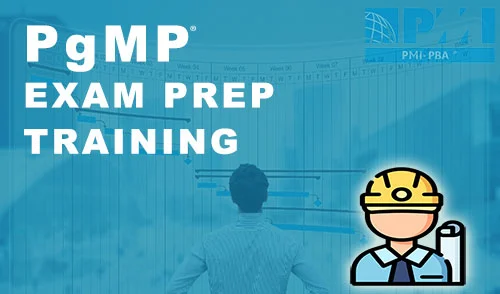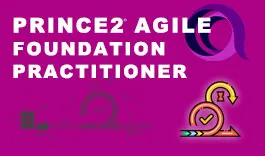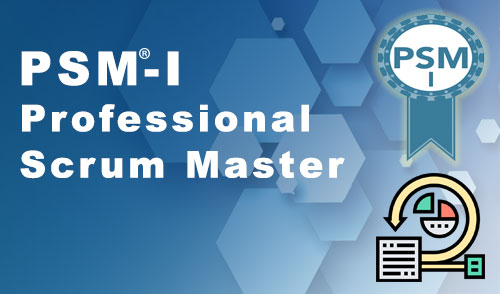Research on the Marketing Strategies of Famous Brands
-
 By Sprintzeal
By Sprintzeal - Published on May 19 2025
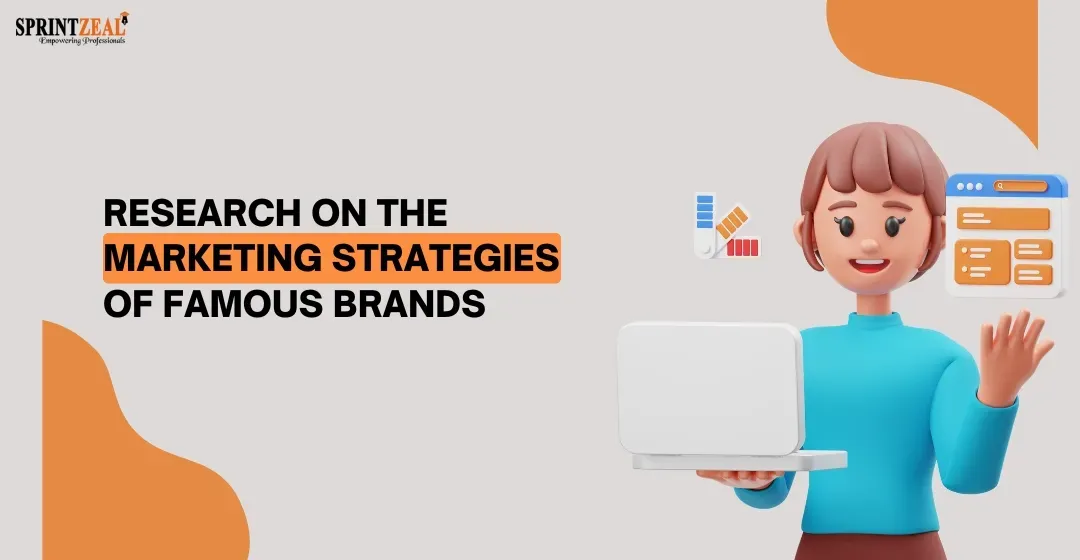
The exceptional quality of your company’s products or services is no longer a guarantee for its commercial success. You need effective marketing strategies for consumers to even notice your brand among others. Famous brands like Apple, Nike, and Coca-Cola have built powerful identities and global recognition through carefully crafted marketing efforts. Nowadays, your company needs to resonate with consumers and evolve with market trends.
But what exactly do well-known brands do to win the attention and hearts of millions? Each approach plays a crucial role in shaping public perception, from social media campaigns to affiliate partnerships and digital agency collaborations. You will see that even the words you use in your communication with clients matter. Professional writers at services like EssayShark know that you can’t use the same tone of voice and approach when crafting messages for different audiences.
Therefore, let’s explore key marketing strategies used by successful brands to create a comprehensive overview of proven marketing techniques you can borrow.
Table of Contents
Why Social Media Marketing Is So Important
The short answer is that the visibility of your brand depends on its digital presence. It’s more likely that someone will see your company’s profile on Instagram or Facebook than stumble upon your offline store. That’s why modern brands use social media platforms to connect with audiences in real-time and drive engagement through authentic storytelling.
The Role of Content Marketing Strategy
Nike and Red Bull are great examples of how content can elevate a brand beyond just products. Nike uses compelling visuals and emotional storytelling to inspire its audience. Their marketing department focuses on themes of perseverance and athletic excellence.
Red Bull has the positioning of a lifestyle brand and produces extreme sports content that aligns perfectly with its “gives you wings” slogan. Such elements as a consistent brand voice, visually appealing posts, and interactive content (polls, reels, and behind-the-scenes stories) help companies remain relevant and encourage user interaction.
Is Word of Mouth Marketing Still Alive?
You might be surprised, but it still plays a crucial role when it comes to the brand’s social media efforts. Not so long ago, Starbucks encouraged customers to post photos of their personalized drinks, which led to a sense of community and invited people to share their genuine experiences.
When you leverage user-generated content and engage with your audience directly, you can increase trust and visibility. Influencer partnerships, hashtags, and referral programs are popular tactics to boost the word-of-mouth marketing phenomenon.
Affiliate Marketing for Beginners: What You Need to Know
This performance-based model has become a popular strategy for brands that want to expand their reach with minimal upfront costs.
Famous brands like Amazon, Bluehost, and Shopify have built extensive affiliate networks instead of relying solely on in-house efforts. They empower thousands of individuals—bloggers, influencers, and niche marketers—to promote their offerings. From a client’s point of view, it’s easier to believe someone outside the company when they describe the advantages of particular products or services.
Affiliate marketing is especially appealing to startups and e-commerce brands because they only pay after they receive the results. Therefore, it removes the risk of upfront advertising costs.
Back to Basics: 4Ps of Marketing
This concept is crucial for setting up an effective affiliate marketing program, and here’s why.
- Product:
The product must be of high quality and have clear value to make it easier for affiliates to promote authentically. For instance, Netflix’s product isn’t just streaming content, but personalized, on-demand entertainment supported by a strong recommendation algorithm.
- Price:
Pricing should be competitive and reflect the product’s value. Also, it should allow for an attractive affiliate commission structure. While Apple uses premium pricing to reinforce its image as a luxury brand, Spotify offers tiered pricing to attract a broad user base.
- Place:
Distribution channels should be accessible, with landing pages optimized for conversions and user experience. Amazon excels in place strategy with its global distribution network and impeccable e-commerce platform that delivers products quickly and efficiently.
- Promotion:
Affiliates should have promotional tools (banners, content samples, and discount codes) to help them market effectively. Coca-Cola’s global promotions, especially during major events like the Olympics or the FIFA World Cup, focus on emotional branding and broad reach.
Email Marketing Platforms: Does Your Business Need Them?
Affiliate marketers can’t imagine their professional lives without platforms like Mailchimp, ConvertKit, or AWeber. They can nurture leads by sending targeted, automated messages that highlight product benefits and share testimonials. Note that you need to segment email lists based on customer behavior or preferences to enhance conversion rates.
Digital Marketing Agency: A Change of Perspective
Many brands partner with marketing agencies to execute complex, multi-channel campaigns. The main task of such an agency is to ensure brands remain competitive in a fast-changing digital environment.
7Ps of Marketing
To deliver comprehensive services, agencies often adopt the 7Ps of marketing, an expanded version of the traditional 4Ps, which also includes:
- People
Here we are talking about everyone involved in delivering the product or service, from frontline employees to digital support agents. Their behavior and attitude shape the customer experience. Even when your products are of the highest quality, but your employees don’t know how to interact with clients, your business will not be successful.
For instance, the Ritz-Carlton has exceptional service because its employees go above and beyond for customers. In digital brands, this includes customer success teams and social media managers who handle public interactions.
- Process
The systems and workflows that deliver the product or service efficiently are crucial too. Uber’s app-based booking and ride-matching system is a streamlined process that ensures quick service, real-time tracking, and secure payments. All these points contribute to a seamless customer experience.
- Physical evidence
This refers to the tangible or visible cues that reassure customers about the brand and its promises. For a digital marketing agency, physical evidence might include a professional website, client testimonials, case studies, awards, or branded proposals. And for a retail brand like Apple, it includes store design, product packaging, and even the unboxing experience. These things have an especially significant value when a company wants to reflect a premium brand image.
A digital agency working with a luxury fashion brand, for example, might focus on premium visuals (physical evidence), a seamless ecommerce experience (process), and well-trained chat support (people) to reinforce the brand's high-end positioning.
Pricing Strategies in Marketing
Why do some brands want you to pay twice as much for similar products produced by their competitors? It’s hard to answer this question right away. Most probably, brands (Apple or Rolex, for example) use the premium pricing strategy to reflect exclusivity and quality.
You can learn more about other pricing strategies, like penetration pricing and psychological pricing, to choose the best approach for your particular case. Agencies help brands determine the right approach based on factors like target audience, competitor analysis, perceived value, and market demand.
Go-to-Market Strategy
In a nutshell, it’s a structured plan that outlines how your brand will launch a product or service and reach its target customers. The strategy you create integrates product positioning, marketing, and customer engagement into a cohesive roadmap. Let’s look at the ways popular brands use GTM strategies.
Apple
As you might have noticed, before launching a new iPhone, Apple generates anticipation through teaser campaigns, media leaks, and exclusive launch events. Pre-orders begin shortly after the announcement to create an early demand effect. Its GTM strategy includes premium pricing, selective distribution, and a focus on aspirational branding. Note that Apple coordinates its stores, online platforms, and mobile carriers to deliver a consistent customer experience worldwide.
Coca-Cola
When Coca-Cola introduced Coke Zero, its GTM strategy targeted health-conscious men, a segment underrepresented by Diet Coke. The company differentiated the product through bold branding and sports sponsorships. Its messaging focused on delivering the "real Coke taste" with zero sugar, and distribution leveraged the brand’s massive global network to maximize reach.
Spotify
Spotify’s initial GTM strategy involved launching in smaller European markets to fine-tune its offering before expanding globally. Their freemium model lowered the barrier to entry and attracted users quite fast. Most of these users became paying subscribers later on. The company’s GTM also included partnerships with Facebook, which helped Spotify tap into social media networks for organic user growth.
Tesla
Tesla emphasizes innovation and direct-to-consumer engagement. Unlike traditional car manufacturers that rely on dealerships, Tesla sells directly through its website and company-owned showrooms. Tesla also uses a referral program, a subtle form of word-of-mouth marketing, to grow its customer base.
Your Next Steps
As you can see, the popularity of many well-known brands is not a lucky coincidence. Marketers work hard to make consistent execution across numerous channels possible. But forget about copying the steps of these giants and hoping for the best. You need to find strategies that are relevant to your company and target audience. Learn from the best in business and create your own unique story.
Subscribe to our Newsletters
Popular Programs
PSM® - Professional Scrum Master Certification
Live Virtual Training
- 4.1 (75 + Ratings)
- 2k + Learners
Trending Posts
Scrum Ceremonies Guide
Last updated on Jun 6 2023
Scrum vs Safe – Differences Explained
Last updated on Jul 26 2022
Agile Release Plan Guide
Last updated on May 9 2023
What is DevSecOps and its Importance
Last updated on Sep 6 2024
Product Life Cycle Model: A Guide to Understanding Your Product's Success
Last updated on Oct 11 2023
How to Write an Executive Summary for a Business Plan?
Last updated on Feb 13 2025
Categories
- Agile Management 58
- AI and Machine Learning 46
- Big Data 53
- Business Management 55
- Cloud Computing 45
- Digital Marketing 59
- Information Security 8
- IT Hardware and Networking 18
- IT Security 103
- IT Service Management 29
- Leadership and Management 1
- Microsoft Program 2
- Other 46
- Programming Language 31
- Project Management 162
- Quality Management 75
- Risk Management 8
- Workplace Skill Building 3
Trending Now
List Of Traits An Effective Agile Scrum Master Must Possess
ArticleDevOps Vs Agile Differences Explained
ArticleDevops Tools Usage, and Benefits of Development Operations & VSTS
ArticleAgile Scrum Methodology - Benefits, Framework and Activities Explained
ArticleGuide to Agile Project Management 2024
Article10 best practices for effective DevOps in 2024
ArticleGuide to Becoming a Certified Scrum Master in 2024
ArticleWhy Should You Consider Getting a Scrum Master Certification?
ArticleCSM vs CSPO: Which Certification is Right for You?
ArticleAgile Manifesto - Principles, Values and Benefits
ArticleAgile Methodology Explained in Detail
ArticleAgile Project Management Explained
ArticleEssential Tools for Agile Project Management 2024
ArticleEverything about Scrum Methodology
ArticleScrum Workflow - A Step by Step Guide
ArticleLatest Agile Interview Questions and Answers To Look For In 2024
ArticleScrum Interview Questions and Answers 2024
ArticleTop Scrum Master Responsibilities 2024 (Updated)
ArticleProduct Life Cycle in Marketing: Essential Strategies for Product’s Success
ArticleDevOps Engineer Interview Questions - Best of 2024
ArticleDevOps Engineer - Career path, Job scope, and Certifications
ArticleBusiness Agility Guide - Importance, Benefits and Tips
ArticleScrum vs Safe – Differences Explained
ArticleCSM vs. PSM - Which Scrum Certification is Better?
ArticleSAFe Implementation Roadmap Guide
ArticleAgile Release Plan Guide
ArticleAgile Environment Guide
ArticleAgile Coaching Guide - Best Skills for Agile Coaches
ArticleAgile Principles Guide
ArticleSAFe Certifications List - Best of 2024
ArticleAgile Prioritization Techniques Explained
ArticleScrum Ceremonies Guide
ArticleProduct Owner Certifications List
ArticleScrum of Scrums Guide
ArticleWhat is DevSecOps and its Importance
ArticleData Processing - A Beginner's Guide
ArticleDevOps Career Guide 2024
ArticleStakeholder Engagement Levels Guide
ArticleScrum Master Career Path Explained
ArticleScrum Career Path Explained
ArticleTop Git Interview Questions and Answers [Updated 2024]
ArticleA guide to Agility in cloud computing
ebookProduct Roadmap: An Ultimate Guide to Successful Planning and Implementation
ArticleDMAIC Methodology - The Ultimate Guide
ArticleProduct Life Cycle Strategies: Key to Maximizing Product Efficiency
ArticleScrum Master Salary Trends in 2024
ArticleProduct Life Cycle Model: A Guide to Understanding Your Product's Success
ArticleWhat is a Product Owner - Role, Objectives and Importance Explained
ArticleSuccessful Product Strategies for Introduction Stage of Product Life Cycle
ArticleUnlocking Career Opportunities in Product Management: Your Roadmap to Success
ArticleSaturation Stage of Product Life Cycle: Complete Guide
ArticleCutting-Edge Technology of Google Cloud
ArticleHow to Write an Executive Summary for a Business Plan?
ArticleImportance of Procurement Management Software in Modern Business
ArticleTime-Saving Tech Tools Every Professional Should Be Using
ArticleHow to Choose the Best Marketing Automation Tool for Your Needs
ArticleSteps to Take After an Occupational Illness Diagnosis
Article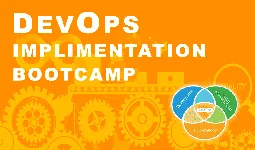



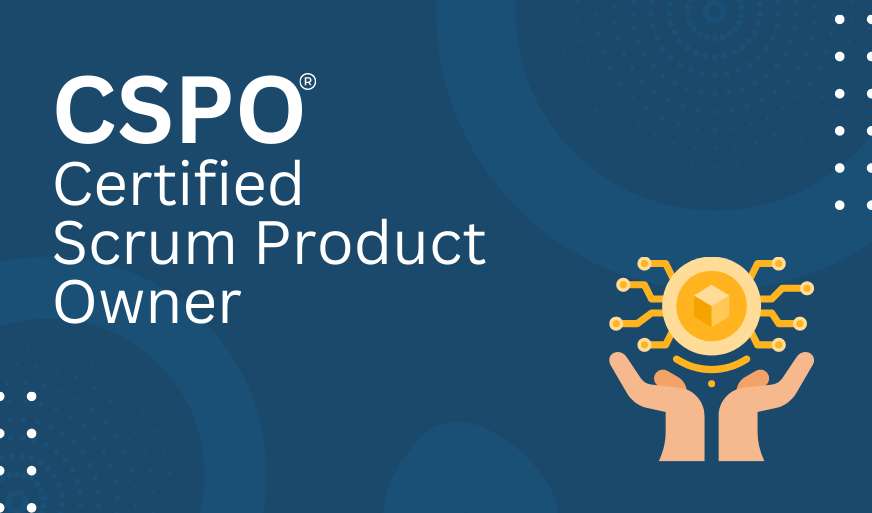
.webp)


